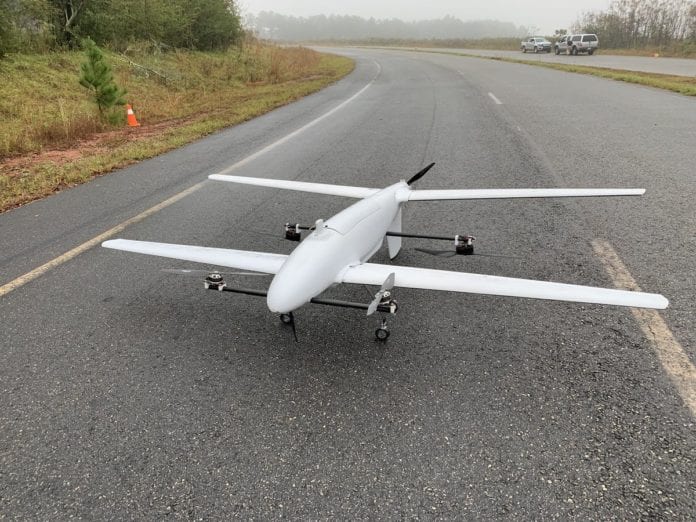Public safety agencies are working to better respond to an increasingly technology-reliant public, while at the same time making more effective use of such technology themselves. Many of the devices and services they are turning to require LTE broadband availability – which means relying on commercial mobile networks.
AT&T CFO John Stephens recently said at an investor conference that while the first responder market in the U.S. is estimated to be around 3 million people, the number of connected devices involved means that AT&T — which is part of a public-private partnership to build out the nationwide FIrstNet LTE network — thinks of the overall market opportunity as closer to 10 million.
So what types of connected devices are being used to support first responders’ work today and in the near future? Here are a few examples:
– In Sea Isle, New Jersey, a network of flashing warning signs — some equipped with sensors and cameras — warn automatically motorists of flooded roadways to prevent stranded drivers in need of rescue.
-Axon (formerly Taser International) last fall introduced its first LTE-powered body-worn camera, which operates on the Verizon and AT&T-FirstNet networks and includes gunshot detection capabilities; future software upgrades are expected to support transcription to Axon’s secure records service.
-The Tippecanoe County Sheriff’s Office in Indiana used drones 20 times last year to map crash scenes and found that it reduced traffic “down time” by up to 60% — getting roads re-opened faster and keeping officers safer by reducing the amount of time they spend exposed to traffic at the scene of an accident.
-Body-worn sensors are also beginning to emerge, such as Bluetooth-enabled sensors introduced last year by Yardarm that can be installed on Glock handguns or their holsters, to capture information about the state of the weapon and send event alerts to nearby officers or a dispatch center.
–Nick Nilan, director of public sector product development at Verizon, said that the operator’s Verizon Connect telematics solutions are being used at the local police department level to see logs of where officers are patrolling – or not patrolling – to address citizen concerns. He added that single-car are the most common type of incident affecting officer health, so telematics information can help departments enforce their own policies on things like seat belt use.
-Public safety wearable company CommandWear, which said in November that it has conducted more than 20 operational field deployments of wearables, reported that a pilot of its situational awareness app combined with smartphones and smart watches from Samsung, Huawei and Motorola has provided benefits including hands-free communications, reduced radio traffic (because GPS location tracking and text messages were easily available) and improved officer safety because audio/video streaming could be enabled based on heart-rate alert information provided by the smart watches.
-TJ Kennedy, former president of FirstNet and now a co-founder and principal at advisory firm the Public Safety Network, said that smart watches can be a low-cost entry point to begin using body-worn sensor information such as a first responder’s heart rate (consider, for instance, that heart attacks are the leading work-related cause of death for firefighters). Late last year, Samsung announced that several major computer-aided dispatch vendors have begun supporting its Galaxy Watch and/or Samsung Gear wearables. That can be particularly useful for officers on bicycle or horseback who can’t immediately reach for a radio or smartphone to send and receive information, or for undercover detectives who may not carry a police radio.
-The Department of Homeland Security Science and Technology Directorate, working in conjunction with NASA’s Jet Propulsion Laboratory, announced earlier this month that it is testing and developing a Wearable Alert and Monitoring System (WAMS) hub of hardware and software for first responders – including sensors and communications – to record and report information such as oxygen levels, the presence of carbon monoxide, elevated body temperature, irregular heart rate and increased respiratory rate. S&T says it is “designing WAMS to be interoperable between different agencies, compatible with IT infrastructure common to most offices, and to use the FirstNet network.”
-Verizon has demonstrated the use of drones to deliver drugs such as overdose medication Narcan, and drone company Flirtey recently received permission from the Federal Aviation Administration to work with the city of Reno to test drone delivery of defibrillators to heart attack victims, which could arrive even before paramedics do.
“We’ve already seen innovation in police departments across the country trying out new devices and looking to what else can technology do, but I think it’s getting beyond the early adopters and into massive deployments of some devices,” said Nilan.
Looking for more information on advances in public safety communications? Check out RCR’s recent editorial special report and webinar.

